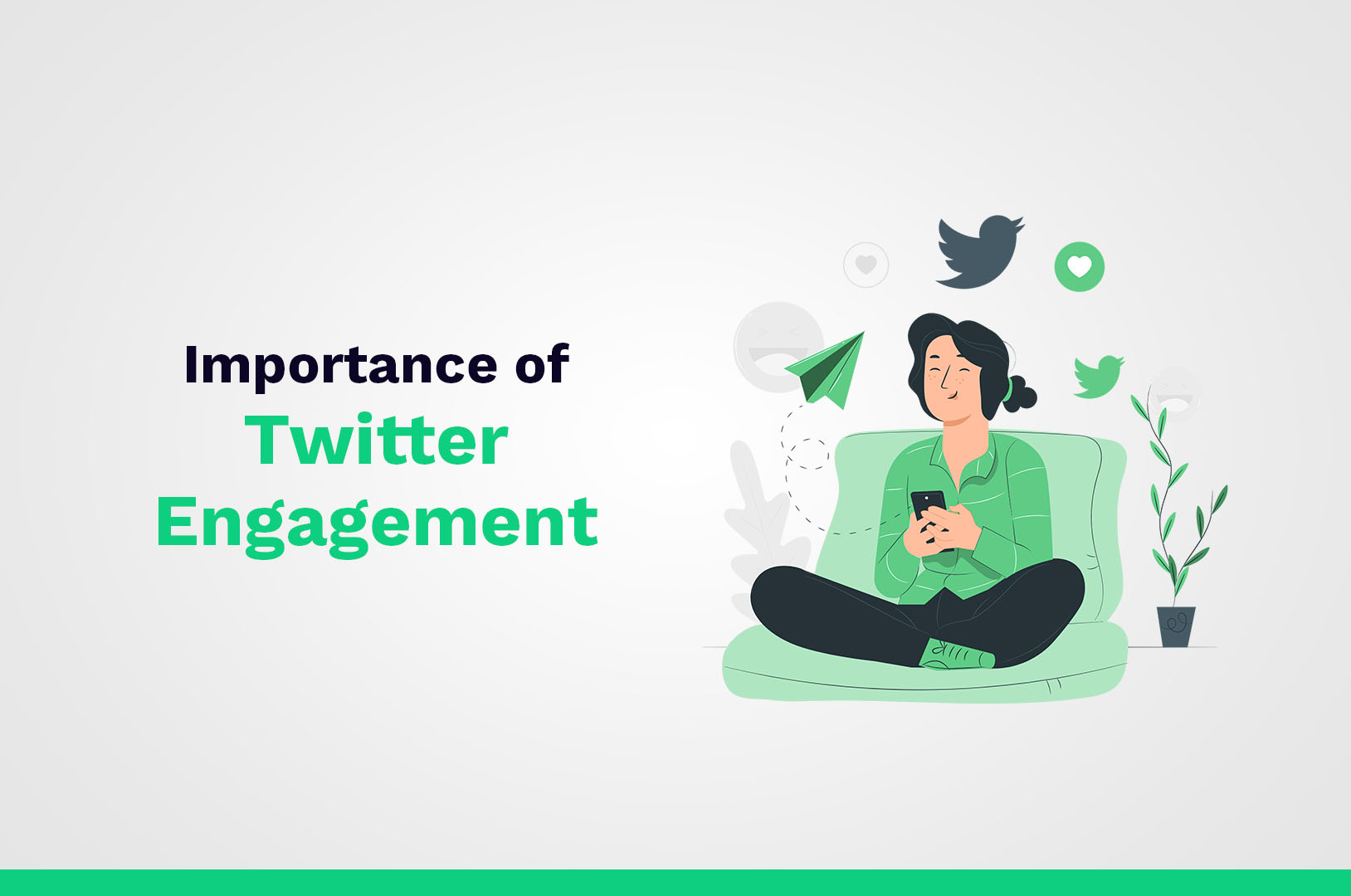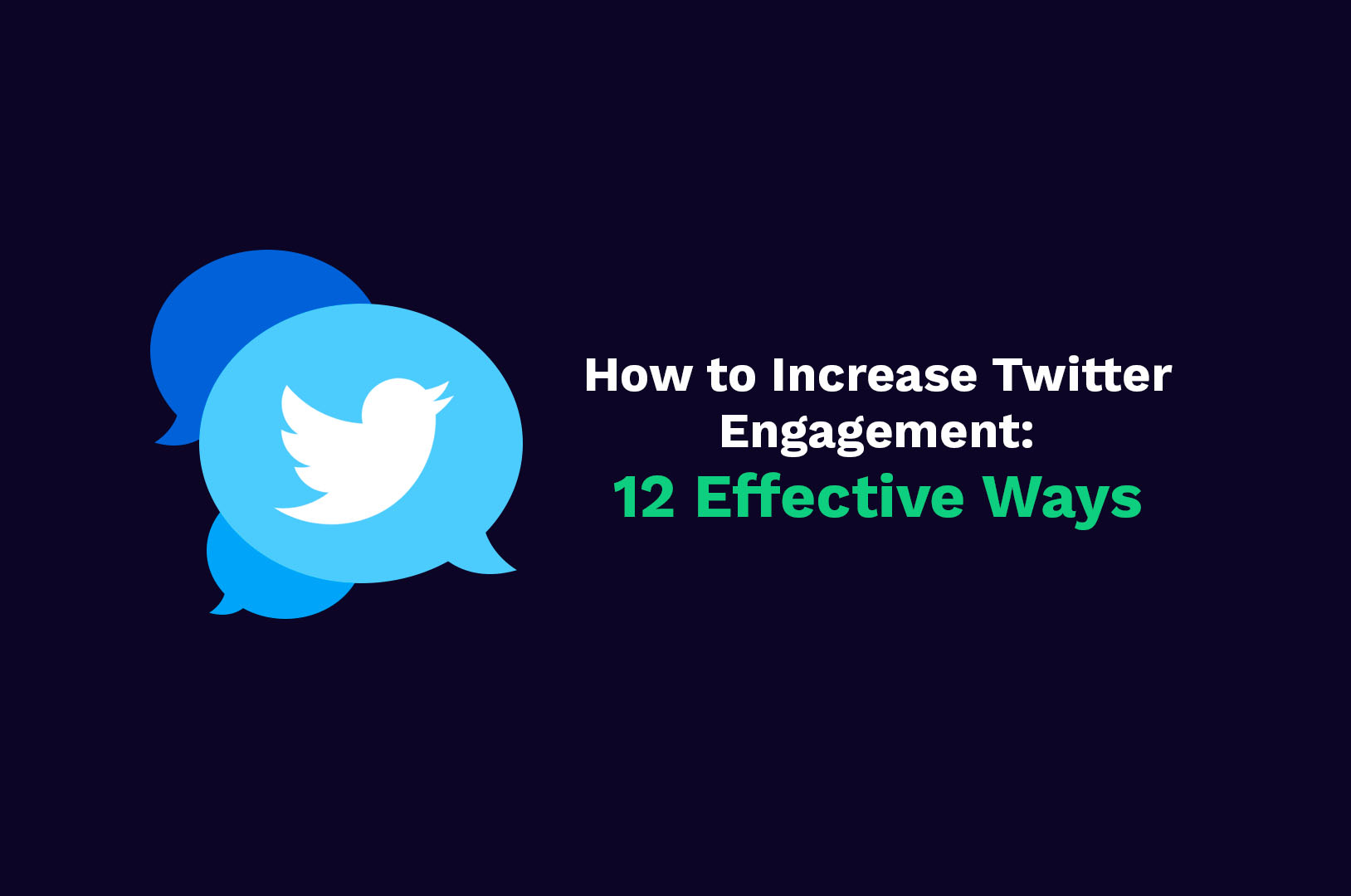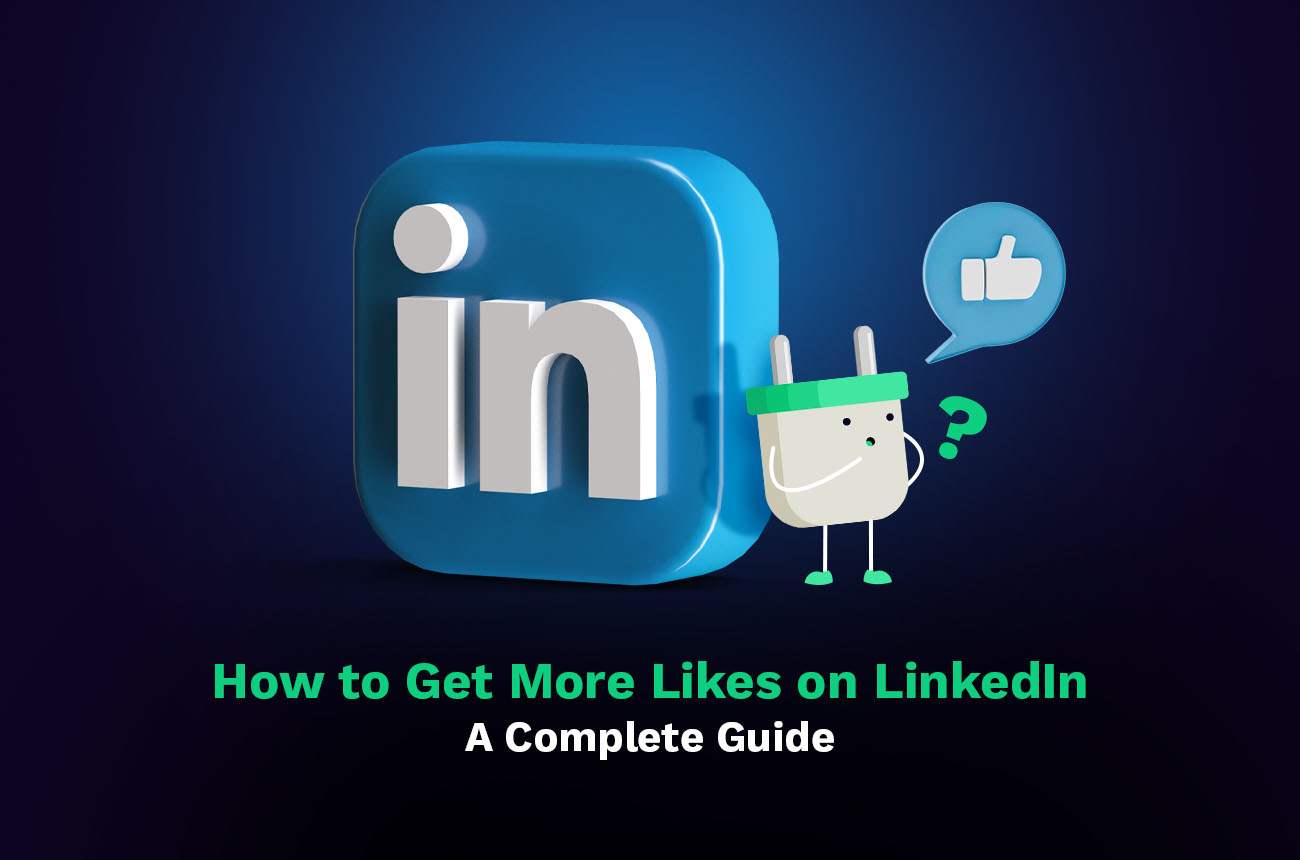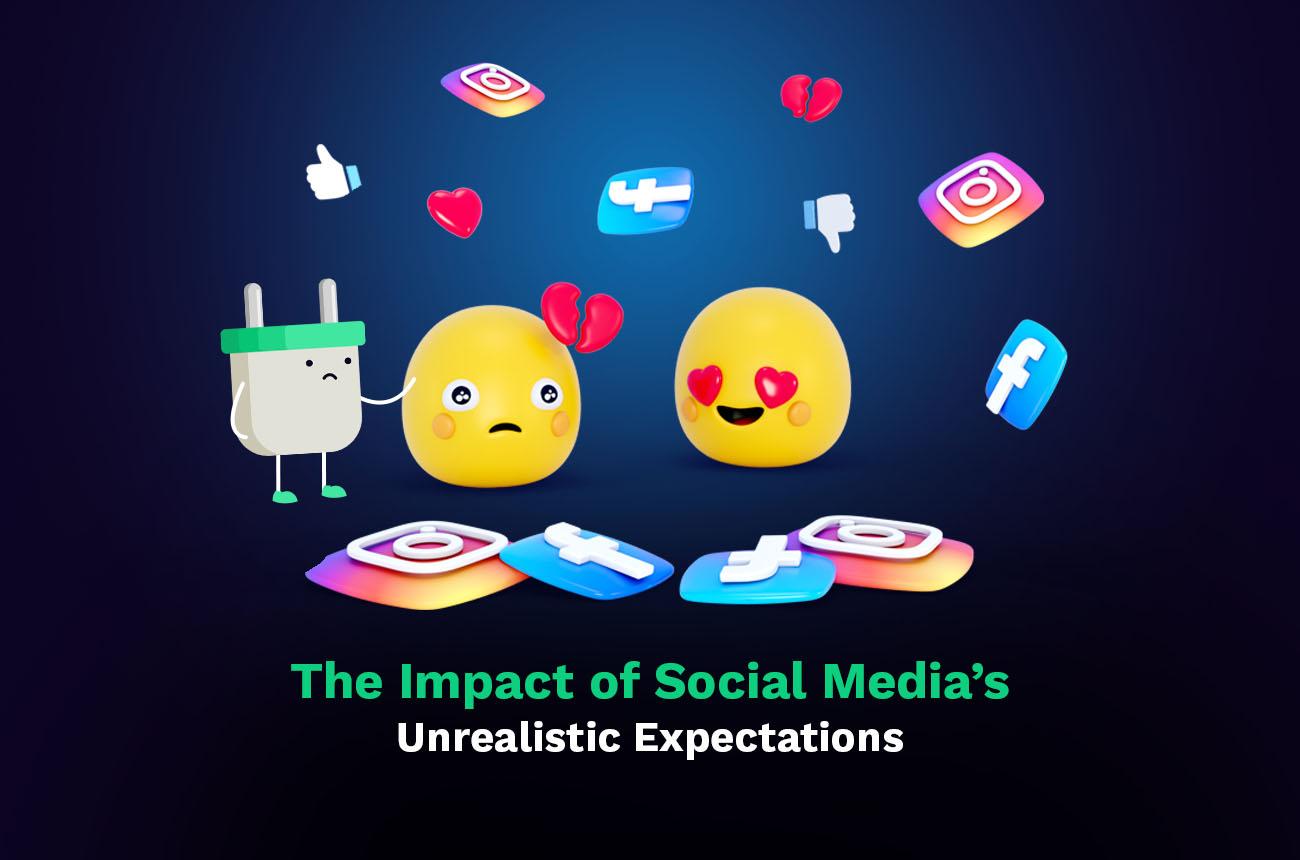We all know about Twitter and the platform's gigantic reach by now. Starting in mid 2006, the social media giant has grown exponentially to boast a 321 Million monthly active user count- and is showing no signs of slowing down. For businesses, this means Twitter is a hotbed of both reach and engagement and shows potential to grow to levels currently unimaginable. This means being available, active and engaging on Twitter are of paramount importance for brands to stay relevant.
Now, startup organizations have a habit of building up thousands of followers and then not seeing the conversion they expect out of each post. While having a high follower count is both important and reputable, these followers do not mean anything to the account unless they are liking, retweeting and commenting on your posts. This, in turn harms your brand reputation and makes your brand’s message feel inorganic.
At the end of the day, what you are looking for are clicks. And if you are an account holder who is struggling to get their followers to interact, no need to worry. Almost every brand and personality has seen a point in their Twitter journey when they have struggled to get their desired engagement. There is definitely a way out of this slump, and today we are exploring 12 effective strategies to pull your account out of the Twitter doldrums.
Importance of Twitter Engagement

At its very basics, Twitter engagement refers to the act of followers interacting with your content. And there are multiple ways your followers can engage with your account like favoriting your tweet, retweeting your posts, responding or commenting on your content, mentioning your account in their own posts and clicking on attached links. Almost 15% of all Twitter users are likely to unfollow an account if they do not feel engaged within the first 3 weeks of following said account.
This means to hang on to your follower count, keeping them engaged is absolutely essential. On the other hand, high engagement counts can also help you with the organic growth of your account. The more retweets you get on an individual tweet, the higher your chances of you showing up in the feeds of unreached users. Getting more retweets and likes also increases your chances of showing up as a trending tweet. Twitter's algorithm also gives high engagement accounts the edge when it comes to recommending accounts to follow to users. This means the growth of your account is almost solely based on your engagement analytics.
What Defines a Healthy Twitter Engagement Rate?

Engagement rate refers to the amount of interactions your posts get when compared to the compound amount of followers you have and your follower growth. And there are many ways to directly calculate this engagement rate. The basics are simple- an account with 100 followers and 20 interactions is more engaging than an account with 1000 followers and 100 engagements. But there are a lot more factors that need to be considered when finding your true engagement success rate.
At a healthy level, experts recommend maintaining an engagement rate that is consistently above 1% for small businesses and accounts that are starting out. This is because when your reach is relatively low, it is easier to both identify and cater to your target audience. This means content on your profile can be optimized to add value to your existing follower base, ensuring that more of them like, retweet and comment. Add to the rapid period of growth that newer accounts usually go through before hitting the engagement plateau, a rate of 1% should be easy to attain.
Once your account grows larger with a higher follower count , it is likely that you will see your engagement rates dropping. This is because growth often comes with diversity, meaning it is harder to create content for a specific type of followers. This also means fewer percentiles of your follower base are likely to notice your tweets. Your overall engagement numbers are going to increase with this drop in engagement rates, so it is not all bad. During this period, try maintaining an engagement rate over 0.5%. And as your following grows larger, there might be further drops in your overall engagement rate.
12 Effective Ways to Increase Twitter Engagement

Use High Value Content
It is quite obvious that your followers will only engage with content that is of high value and relevant to them. The first step to reaching your target engagement rate by offering high value content is to understand your audience. Thus, when you reach out to any social media specialist about account growth related queries, the first thing they will ask is “Do you understand your target audience?” Figure out who you want to market your business or your account to. Then, analyze Twitter trends and figure out user behavior. This will give you a rough idea as to what your target audience likes. You can find out the type of content that they are more likely to retweet and what they find interesting. This will help you understand the kind of value your followers look for, and allow you to reorganize your tweeting strategy according to it.
Consistently posting high value content will allow you to make a lasting impression on your followers, which in turn will increase your brand's reputation and growth rates as you move forward. High value content also has higher CTR (Click Through Rates), meaning redirection to your website also becomes easier.
Use Visual Content
Those of you who use Twitter, know that the platform’s infamous reputation for limiting character counts on individual tweets. While the 280 character limit helps keep all messaging on the website short, sweet and concise- it also makes it difficult to get your point across. A workaround to this is adding visual content to your posts. Studies show that images are over 3 times likelier to get attention as compared to text based posts.
Adding visual content also makes your tweet stand out in a sea of spam and irrelevant posts. This makes your post seem interesting and followers are likely to take a break from scrolling to check out what you have posted.
When it comes to posting videos however, there is a time limit. The average attention span for viewers watching videos on social media sites is around 30 seconds. Ideally, you will want to keep your video as short as possible. As for gifs and static images, make sure to include as little text as possible and stay on brand.
Tweet on a Consistent Basis
Suppose you just posted something highly engaging and interesting on your Twitter account. You have just created an impression among your fans and they are likelier to take a second look at your content next time around. But, if there is a considerable gap in your posting frequency, this bias you have successfully created becomes moot. Try to post on a regular basis (about 4 to 6 times a week) to stay relevant and keep appearing one people’s feeds.
Share Interesting Tweets
This is an important part of maintaining your Twitter relevance. Do not take ‘interesting’ at face value however, as a certain amount of brand relevance should be maintained. Given that you will be posting a maximum of once a day, you will need to maintain your presence on your followers’ Twitter feeds by retweeting relevant interesting posts.
Secondly, this helps you create a community where these accounts are also likelier to retweet your posts in return. Thus, you get to show worthwhile content to your followers while also creating a better engagement avenue for yourself.
Shorten Your Tweets
Twitter already caps your tweets at about 280 characters. This makes it difficult for marketers and brands to get their message across as is, but shortening tweets even more can get you more conversion. According to experts, the sweet spot to make your tweet even more shareable is to limit it to between 80 to 110 characters.
This character count includes all hashtags, user tags and links that you are attaching to your tweets.
Identify the Ideal Publishing Schedule
While we already have the ideal number of tweets figured out, posting whenever we want is hardly healthy. There are up hours and down hours when it comes to posting on Twitter. This timing varies from content type to content type and from industry to industry, but is usually restricted to within 6 pm and 10 pm local time. Check your Twitter analytics to figure out which time frame gets you the most engagements. The half life for an average Twitter post is about 24 minutes, meaning half of all engagements it gets will be attained within the first 24 minutes. This is why posting during high traffic is important
Do Not Over-tweet
We have already talked about the woes of being inconsistent with your posting in this article, but over-posting can also be a serious issue. If you post too frequently, there is a high chance that the value of your content also decreases. Your followers are also more likely to read your posts off as spam if you post at a frequency that is too high. Experts suggest posting anywhere from 4 to 6 times a week to ensure social media relevance while not coming off as overly aggressive.
Utilize Hashtags to Increase Engagement
One of the ways to get discovered and stay engaging on Twitter is to add hashtags to your posts. Just like Instagram, users of Twitter almost expect posts to come attached with some form of hashtags. Tweets with hashtags see 10X rise in engagement when compared to similar tweets without hashtags.
Use Other Social Media to Promote Your Twitter
Okay, so this is an aspect of Twitter engagement many experts forget to mention. The more you share your content on platforms other than Twitter, the higher your chances are of getting engaged. This is because while your screen time on the Twitter feed is limited, you can increase your overall screen time by showing up on other websites. For example, your chances of getting noticed by an individual customer goes up by over a 100 percent if your post shows up both on their Twitter and their Facebook.
Respond & Engage With People
One of the core parts of maintaining engagement is to make sure your followers keep re-engaging. This means those who engage or comment on your posts should come back to respond to even more posts. This can be ensured by making people feel like they are a part of a conversation rather than just a one way comment. Respond to comments on your profile and voluntarily engage in posts by your followers and retweets of your own posts.
Promote/ Boost Tweet on Twitter
If any relevant Twitter account owner tells you that they have never had a slump that has seen them fall short on engagement and struggle with getting their message out, they are lying. As a matter of fact, Twitter engagement slumps are a natural part of the Twitter growth journey. The main factor is how you tackle the slump and how you recover from it. An easy way out of these slumps, or for getting an initial engagement boost is to boost or sponsor your tweet via Twitter’s built in sponsorship system. This will not only instantly lift your account up, but also build your reputation up more as you show up on people’s profiles.
For boosting to yield positive results, you will need to already have an account with a high follower count. Check out this link to learn more about getting accounts with high following counts. You can also find out more about buying followers for your existing Twitter account.
Share Industry and Trending News
One of the most difficult things to do on Twitter is to get your brand message through or to establish a brand image. Besides, another thing that brands often struggle with is making followers understand the urgency of your brand. Sharing industry and trending news on your Twitter feed sort through both of your problems.
This form of Twitter activity also creates an image around your brand which promotes your brand as one that is passionate about the industry and one as one that cares. Ultimately, these posts are also the best ones to retweet to maintain activity as they are highly relevant to your account’s content.
How to Calculate Twitter Engagement & CTRs?

The basic formula for calculating engagement rates on a specific tweet or at an average depends on 6 things -
- Cumulative number of favorites or likes on recent tweets
- Cumulative number of retweets or reshares on recent tweets
- Total number of replies to recent tweets
- Clicks on attached links on posts or on the link on the bio
- Number of followers on your account
- Number of tweets considered as the sample size
Here is what the formula would look like:
[Likes count + Retweet count + Reply count + Clickthrough count] / [ Number of followers] [Number of posts]
This formula would give you something called an engagement rate per post, and it is a pretty accurate process of determining how engaging your content currently is. Remember, maintaining a substantial engagement rate is key. Even if you have a relatively lower follower count than competing accounts, a higher engagement rate means the potential for growth of your account and the quality of followers and content on your account is higher.
When the top 25% of Twitter based brands were studied, it was found that the median engagement rates across industries were about 0.122%. Number of posts must also be well regulated to ensure a high engagement rate, and the median posting frequency among these top 25% accounts was about 4.02 times per week.
As for your CTR or clickthrough rate, it is the number of people who click links attached to the post compared to the number of people who saw your post. Both engagement rate and clickthrough rate can be calculated and determined using Twitter’s built in analytics system.
Conclusion
As mentioned before, Twitter has a monthly active user base of over 321 Million people. This means it is the ideal platform to engage with your target audience. If you are facing an engagement slump, do not be worried. Most often, these slumps are not because of a lack of quality of content or because of a lack of interest in your account. Rather, these slumps are the result of bad strategy. Almost all (all but one) strategies mentioned above in this article are free, thus achieving a higher engagement rate is all about putting in a bit of extra effort. Continue to be positive and send the right message to your consumers and you will see growth in no time!
Learn how to get viral on Twitter here.
Frequently Asked Question:

What is a normal Twitter engagement rate?
Ans. A normal Twitter engagement rate is pretty low. Over almost all of Twitter, the median post engagement rate is about 0.35%. This goes up to 0.122% if you consider only the top 25% of brands.
When should I post on Twitter?
Ans. Well, this depends a bit on the type of content you post and it varies from industry to industry. However, the best times to post are either between 6 to 10 pm or early in the morning (About 8 am) on weekends.















